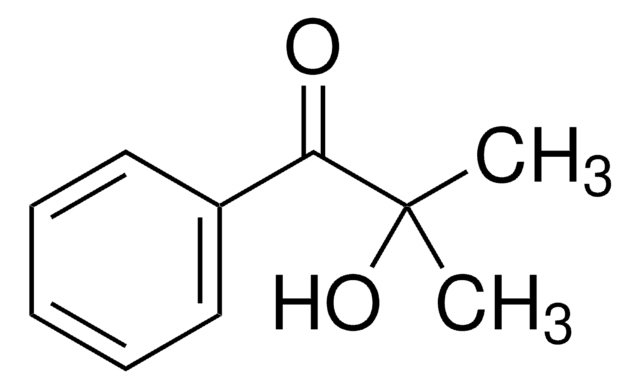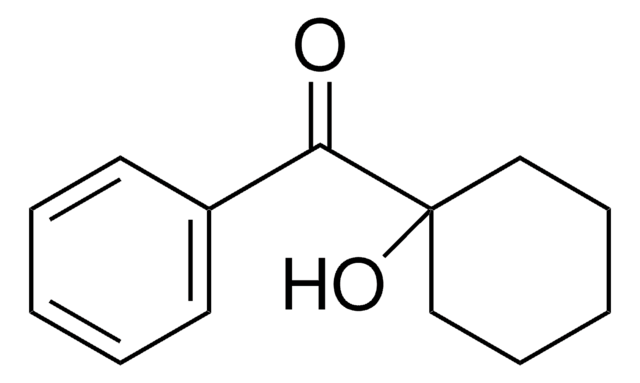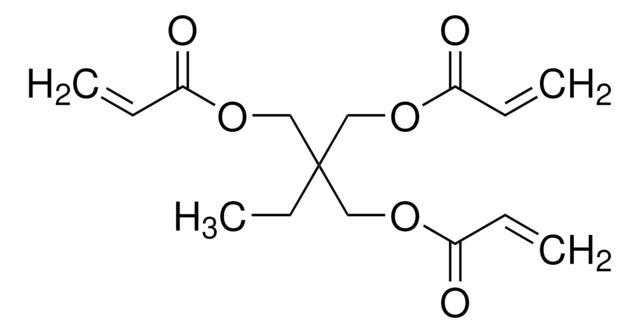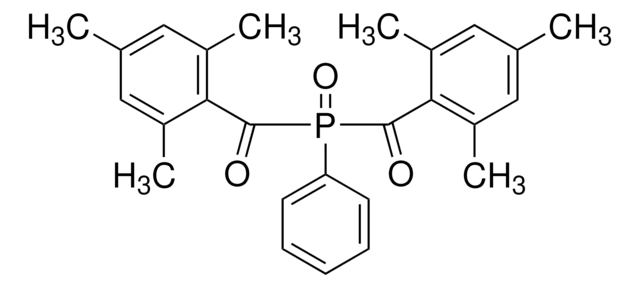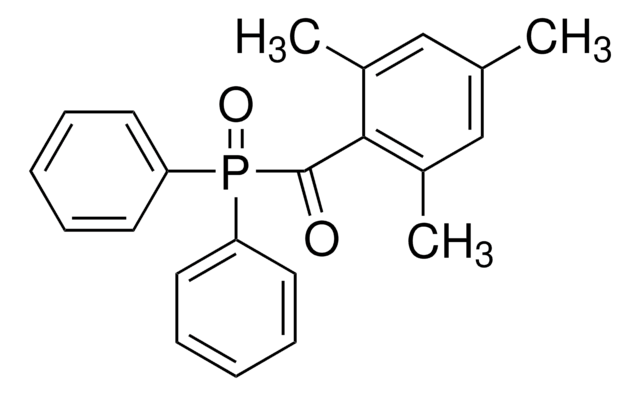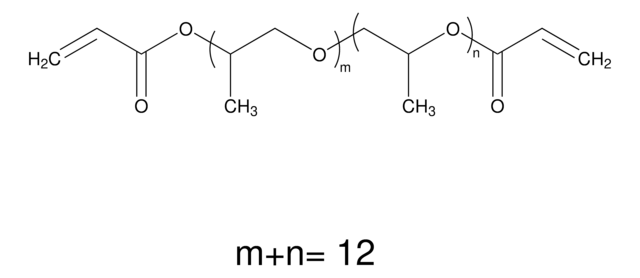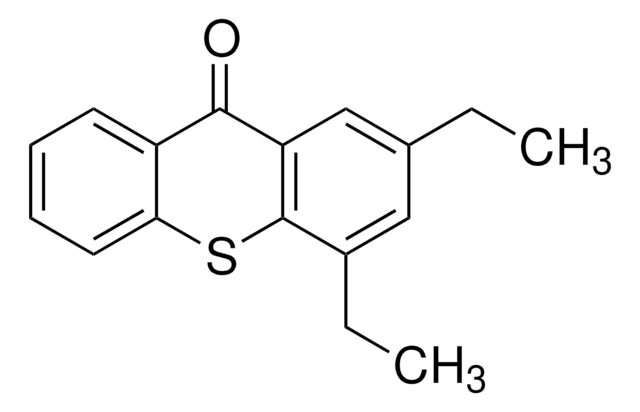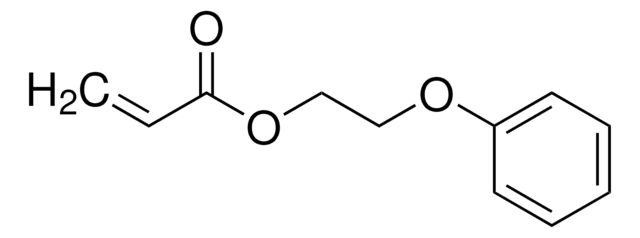Kluczowe dokumenty
246832
Tri(propylene glycol) diacrylate, mixture of isomers
contains MEHQ and HQ as inhibitors, technical grade
Synonim(y):
TRPGDA
About This Item
Polecane produkty
klasa czystości
technical grade
Poziom jakości
gęstość pary
>1 (vs air)
ciśnienie pary
<0.01 mmHg ( 20 °C)
Formularz
liquid
zawiera
150-220 ppm monomethyl ether hydroquinone and hydroquinone (total inhibitor)
współczynnik refrakcji
n20/D 1.45 (lit.)
gęstość
1.03 g/mL at 25 °C (lit.)
ciąg SMILES
CC(COC(C)COC(=O)C=C)OCC(C)OC(=O)C=C
InChI
1S/C15H24O6/c1-6-14(16)20-12(4)9-18-8-11(3)19-10-13(5)21-15(17)7-2/h6-7,11-13H,1-2,8-10H2,3-5H3
Klucz InChI
ZDQNWDNMNKSMHI-UHFFFAOYSA-N
Hasło ostrzegawcze
Warning
Zwroty wskazujące rodzaj zagrożenia
Zwroty wskazujące środki ostrożności
Klasyfikacja zagrożeń
Aquatic Chronic 2 - Eye Irrit. 2 - Skin Irrit. 2 - Skin Sens. 1 - STOT SE 3
Organy docelowe
Respiratory system
Kod klasy składowania
10 - Combustible liquids
Klasa zagrożenia wodnego (WGK)
WGK 2
Temperatura zapłonu (°F)
307.4 °F - closed cup
Temperatura zapłonu (°C)
153 °C - closed cup
Środki ochrony indywidualnej
Eyeshields, Faceshields, Gloves, type ABEK (EN14387) respirator filter
Wybierz jedną z najnowszych wersji:
Masz już ten produkt?
Dokumenty związane z niedawno zakupionymi produktami zostały zamieszczone w Bibliotece dokumentów.
Klienci oglądali również te produkty
Nasz zespół naukowców ma doświadczenie we wszystkich obszarach badań, w tym w naukach przyrodniczych, materiałoznawstwie, syntezie chemicznej, chromatografii, analityce i wielu innych dziedzinach.
Skontaktuj się z zespołem ds. pomocy technicznej
